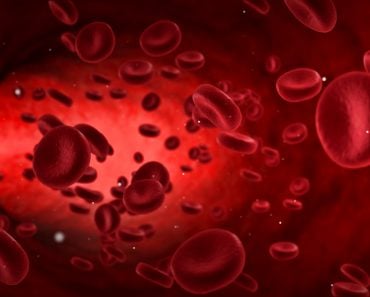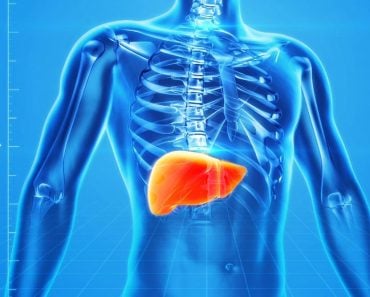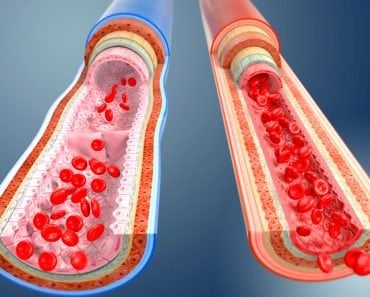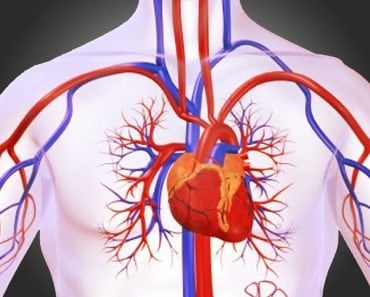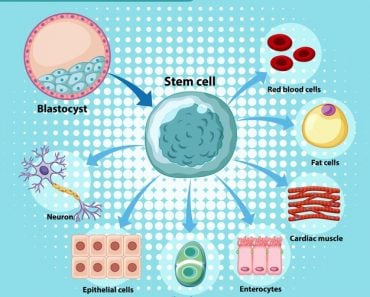Table of Contents (click to expand)
Have you ever wondered where all of that blood comes from? In a human adult, the blood is not produced in the heart, lungs or kidneys, but in the most unlikely of places—the bones!
The human body is composed of millions of cells that tirelessly work together to maintain a healthy and functional state. It is therefore only natural to assume that each cell requires energy and generates some waste. To ensure that each cell gets an adequate supply of oxygen and nutrition, the body has a circulatory system that makes use of a special fluid called blood. Blood is made of a liquid fraction called plasma and a solid fraction composed of blood cells that are suspended in the plasma.
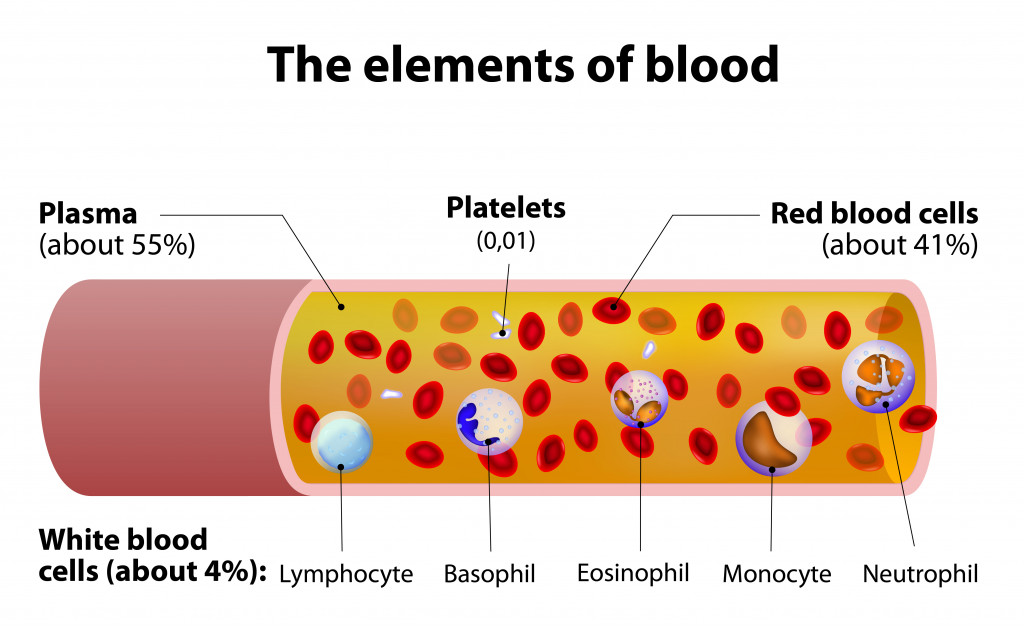
Recommended Video for you:
Where Is Blood Made?
One interesting fact about blood cells is that they have a limited life span. One blood cell type, called red blood cells (RBCs), have a life of about 120 days. The platelets that aid in blood clotting live for a maximum of six days. What’s even more surprising is that certain white blood cells that help in fighting infection have a life span of only a single day! The body is therefore constantly replacing old cells and synthesizing new ones.
The problem, however, is that most animal cells lose their ability to divide after acquiring a specific function. Only a few cells retain this capacity and can divide when the body signals them to do so. For example, if a portion of the liver of an organism is damaged or injured, the healthy cells in the liver can divide and regenerate that damaged portion.
Similarly, the body has a special stash of cells that can divide and give rise to new blood cells. These cells are called hematopoietic stem cells.
A stem cell is one that is not specialized and has the ability to divide and develop into a different cell type. Our body has several deposits of stem cells and they divide to replace the specialized cells that have been damaged or lost.
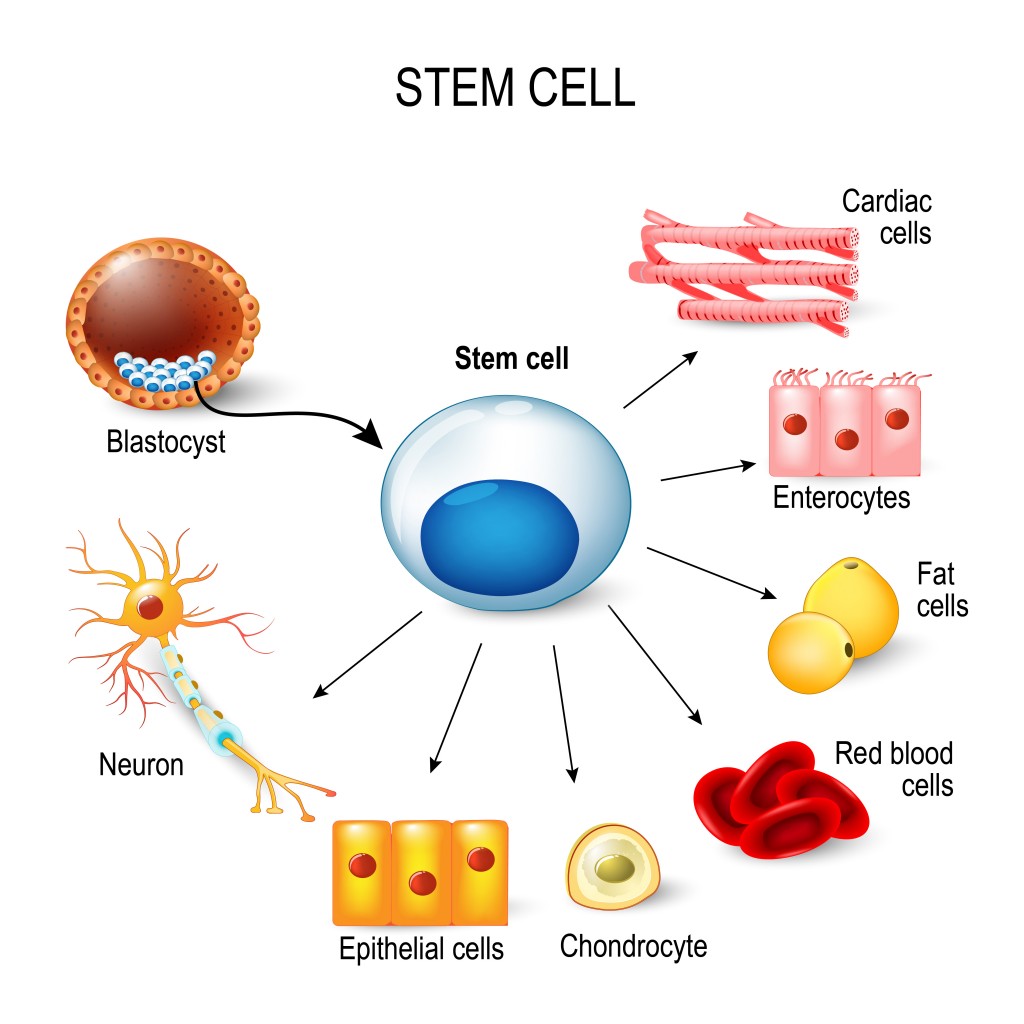
It is important to note that stem cells for generating a specific cell type are present only at a particular place, not everywhere in the body. Fascinatingly, the site containing stem cells for making blood is actually present inside our bones in a spongy tissue called bone marrow. Our blood cells are therefore made inside our bones!
When Did The Bones Start Making Blood?
Has blood always been produced in the bone marrow? The answer is no.
When life only existed in water, blood was primarily synthesized by organs like the liver and kidney. The bones took up the function of making blood much later, after aquatic animals migrated to land and faced harsher environments.
The earliest fossilized evidence of bone marrow dates back to approximately 370 million years ago and was first discovered in a lobe-finned fish. Most land animals today have long limb bones that consist of the red bone marrow essential for making blood.
Several theories have been put forward to explain why skeletal units might have evolved to produce blood.
Locomotion and respiration in land animals are the two most metabolically demanding processes. These call for a better oxygen supply and thus a more efficient production of red blood cells. The cavity inside the bones can provide a safe environment for achieving this increased efficiency. Understandably, blood cell production would be less influenced by temperature changes happening on the outside when protected by the bones.
The UV exposure on land is also much higher than it is in water. Therefore, another very important function of the bone would be to shield the marrow from UV and therefore shield it from potential DNA mutations.
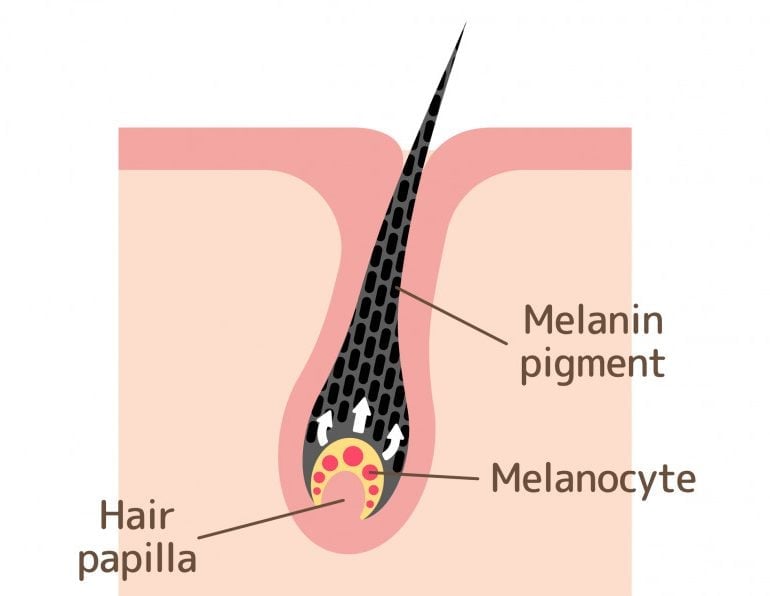
The absence of any such protection can lead to several disorders, such as the bone marrow making too many blood cells because of mutations in the stem cells. A few examples of such diseases are leukemia, multiple myeloma, and polycythemia vera. These are life-threatening conditions that frequently require bone marrow transplants.
Therefore, most organisms have provisions for shielding the blood-making marrow from harsh environments and sunlight.
In many aquatic animals, the liver (tadpole, ray-finned fish) and the kidneys (lungfish) serve as the organs for blood production. These animals also have provisions for shielding their blood-producing stem cells from UV rays.
For example, in zebra fish, a layer of melanocytes present above the kidneys shields the blood stem cells. The melanocytes produce a dark-colored pigment called melanin that absorbs UV radiation and prevents it from penetrating the underlying tissue. The same cells are also present in our skin where they again serve a protective role in shielding the skin from rays of the sun. Dark skin has more melanin and is therefore better protected from sunburn, as compared to fair skin.
In mammalian vertebrates, however, the blood-making marrow is protected by the cortical structure of the bone.
Conclusion
The bones evolved to perform the function of making blood after the water-to-land transition of life. Terrestrial life faced much harsher environments and was more exposed to the sunlight, and therefore UV rays. To protect the stem cells from any mutations, the function of making blood was transferred from certain organs (i.e., the liver and kidneys) to the bones. More than 200 billion cells are made in the bone marrow per day. It provides a safe site for the maturation of new blood cells before they are released into the blood vessels. Healthy bone marrow is therefore an essential part of the body and any disease that affects the bone marrow can be a serious threat to health and survival!
References (click to expand)
- Why we make blood cells in our bones | Harvard Stem Cell .... Harvard University
- Kapp, F. G., Perlin, J. R., Hagedorn, E. J., Gansner, J. M., Schwarz, D. E., O’Connell, L. A., … Zon, L. I. (2018, June). Protection from UV light is an evolutionarily conserved feature of the haematopoietic niche. Nature. Springer Science and Business Media LLC.
- Estefa, J., Tafforeau, P., Clement, A. M., Klembara, J., Niedźwiedzki, G., Berruyer, C., & Sanchez, S. (2021, March 2). New light shed on the early evolution of limb-bone growth plate and bone marrow. eLife. eLife Sciences Publications, Ltd.
- Sanchez, S., Tafforeau, P., & Ahlberg, P. E. (2014, May 7). The humerus of Eusthenopteron : a puzzling organization presaging the establishment of tetrapod limb bone marrow. Proceedings of the Royal Society B: Biological Sciences. The Royal Society.
- Tanaka, Y. (1976, April). Architecture of the marrow vasculature in three amphibian species and its significance in hematopoietic development. American Journal of Anatomy. Wiley.


